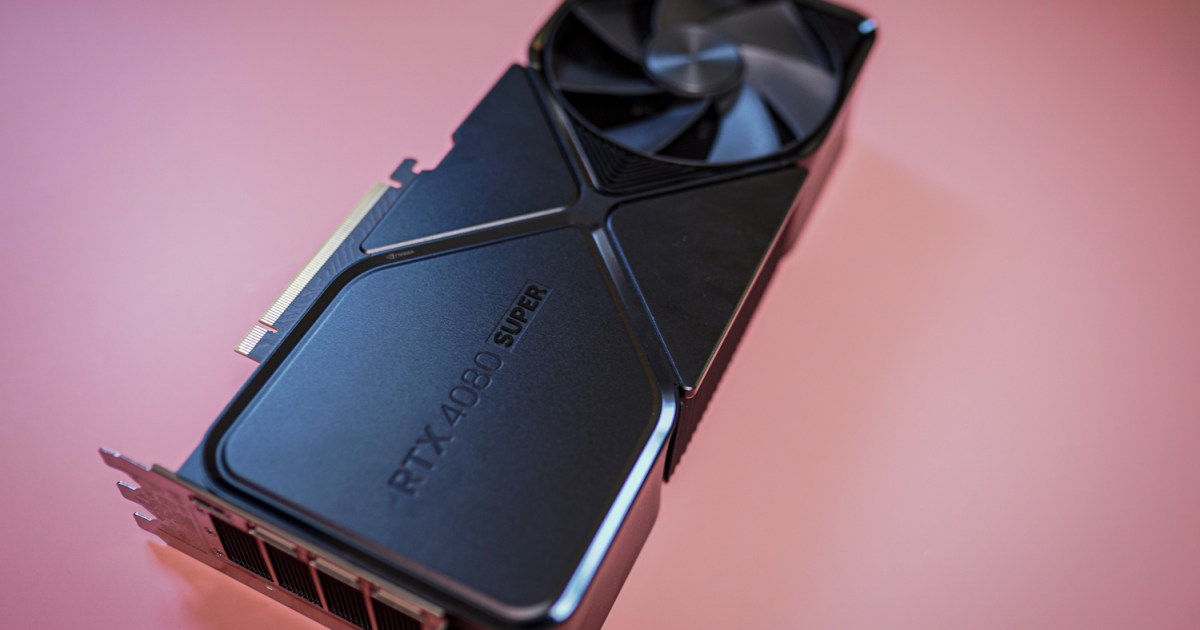Hypersonic aircraft will need hypersonic engines. With that goal in mind, Ursa Major under a US Air Force Research Laboratory (AFRL) contract has conducted a series of hotfire tests of its advanced Draper liquid-fuel rocket engine at its Berthoud, Colorado headquarters.
With their ability to fly well in excess of Mach 5, hypersonic missiles and other vehicles are regarded as one of the great potential game changers when it comes to future strategic and tactical military planning. If such weapons could be made practical, especially by being maneuverable in flight at lower altitudes, they would be able to penetrate current air defense systems and destroy targets by sheer kinetic energy.
The tricky bit among other tricky bits is to equip such hypersonic vehicles with a practical engine. Hotfire tested less than a year after development began, Ursa Major’s Draper engine is designed to be not only restartable and throttleable, but also easily storable and transportable.
The key to this is that the Draper is a rocket engine that uses liquid non-cryogenic fuel. Freezing cold cryogenic fuels like liquid hydrogen and liquid oxygen are extremely energy efficient, but they are also difficult to store and handle. On the other hand, Draper is a 4,000-pound-thrust closed catalyst cycle engine burning kerosene and hydrogen peroxide. It works by using a catalyst to break down the peroxide to produce oxygen to drive turbines before mixing with the kerosene in the combustion chamber.
What this means is that the Draper enjoys the efficiencies of staged combustion where the propellants run through multiple combustion chambers and the propellants can be easily stored at room temperature. This is not only safer, it is also simpler, and removes the danger of the propellants boiling away.
According to Ursa Major, the Draper engine not only has the stability of solid fuels, but the active throttle control and throttle range of a liquid engine for greater maneuverability. This means it can be used both in hypersonic weapons and in simulators to train and test air defenses.
The Draper program will continue to develop toward flight qualification.
“Perhaps the most-impressive aspect of this program is the delivery of a versatile, storable rocket engine in such an incredibly short timeframe,” said Dr. Shawn Phillips, Chief of AFRL’s Rocket Propulsion Division. “AFRL and industry are taking on the challenge our USAF and USSF leadership has asked of us… to deliver faster capabilities, craft tighter bonds with industry, and leverage what is already in existence to provide asymmetric advances. And thankfully, this is just the tip of the iceberg when it comes to what we are doing as One Team.”
Source: Ursa Major



)



